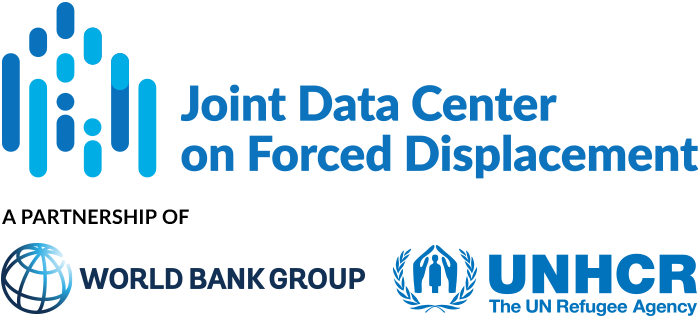Around 162,000 people, predominantly ethnic Karen, remain internally displaced in southeast Myanmar due to armed conflict between Myanmar’s army (Tatmadaw) and the Karen National Liberation Army (KNLA), one of the longest ongoing ethnic conflicts in the world. Violent...
JDC Literature Review
Informing Durable Solutions for Internal Displacement in Nigeria, Somalia, South Sudan, and Sudan: Volume C: Technical Aspects
Volume C of the study describes some of the innovations in survey methodology and analysis. Specifically: In response to underreporting of consumption patterns, the authors propose the adoption of “honesty primes” in survey design. Honest primes were randomly...
Informing Durable Solutions for Internal Displacement in Nigeria, Somalia, South Sudan, and Sudan: Volume B: Country Case Studies
These case studies are stand-alone displacement profiles that depict the socioeconomic conditions of IDPs and non-displaced communities. Nigeria Case Study Nearly two million people are internally displaced in Nigeria. About 60 percent of IDPs live in host communities...
Informing Durable Solutions for Internal Displacement in Nigeria, Somalia, South Sudan, and Sudan: Volume A: Overview
This report presents findings from comprehensive microdata surveys covering IDP and host populations in Nigeria, Somalia, South Sudan, and Sudan. Refugees in Ethiopia from Somalia, South Sudan and Sudan were also surveyed. The analysis includes: Profiles of IDPs and...
Are IDPs Satisfied With the Quality of Public Health and Education Services They Receive? A Long-term Perspective from Urban Areas in the Post-Socialist Countries
In most displacement contexts IDPs incur losses to their material assets (housing, land and livestock), leading them to invest in mobile human capital (education) in an attempt to reduce the socio-economic disadvantage that they or their children are likely to...
Comparing the Experiences of Internally Displaced Persons in Urban vs. Rural Areas: Findings from a Longitudinal Study in Iraq, 2015-2017
This paper examines the experiences of non-camp Iraqi IDPs. Drawing on panel data from a longitudinal study conducted by IOM and Georgetown University, the authors analyze the experiences of IDPs in terms of their livelihoods, standards of living, security and social...
How Urban are IDPs and What Does that Mean for Their Economic Integration?
Given the economic challenges faced by IDPs in lower and middle-income countries (LMICs), and the wide-ranging consequences of these challenges, there is an emerging consensus that IDPs and refugees should be allowed to pursue self-reliance through local economic...
The Urban Displaced: Fleeing Criminal Violence in Latin American Cities
This paper examines forced displacement triggered by organized crime in Latin American cities, and seeks to answer the questions: Who flees? What triggers their flight? Where do displaced persons go and what are their experiences? The author describes broad trends in...
Painting the Full Picture: Persistent Data Gaps on Internal Displacement Associated with Violence in El Salvador, Guatemala and Honduras
Internal displacement in the Northern Triangle of Central America (NTCA) is a serious and growing issue. However there are no comprehensive and reliable data on internal displacement to properly understand the scale, triggers, drivers, patterns and impacts of the...
Missing Persons: Refugees Left Out and Left Behind in the Sustainable Development Goals
This paper examines how refugees are faring in relation to national populations in terms of progress towards the Sustainable Development Goals (SDGs). Key messages: Refugees are being “left behind”. Four out of five fragile and conflict-affected states are not on...


